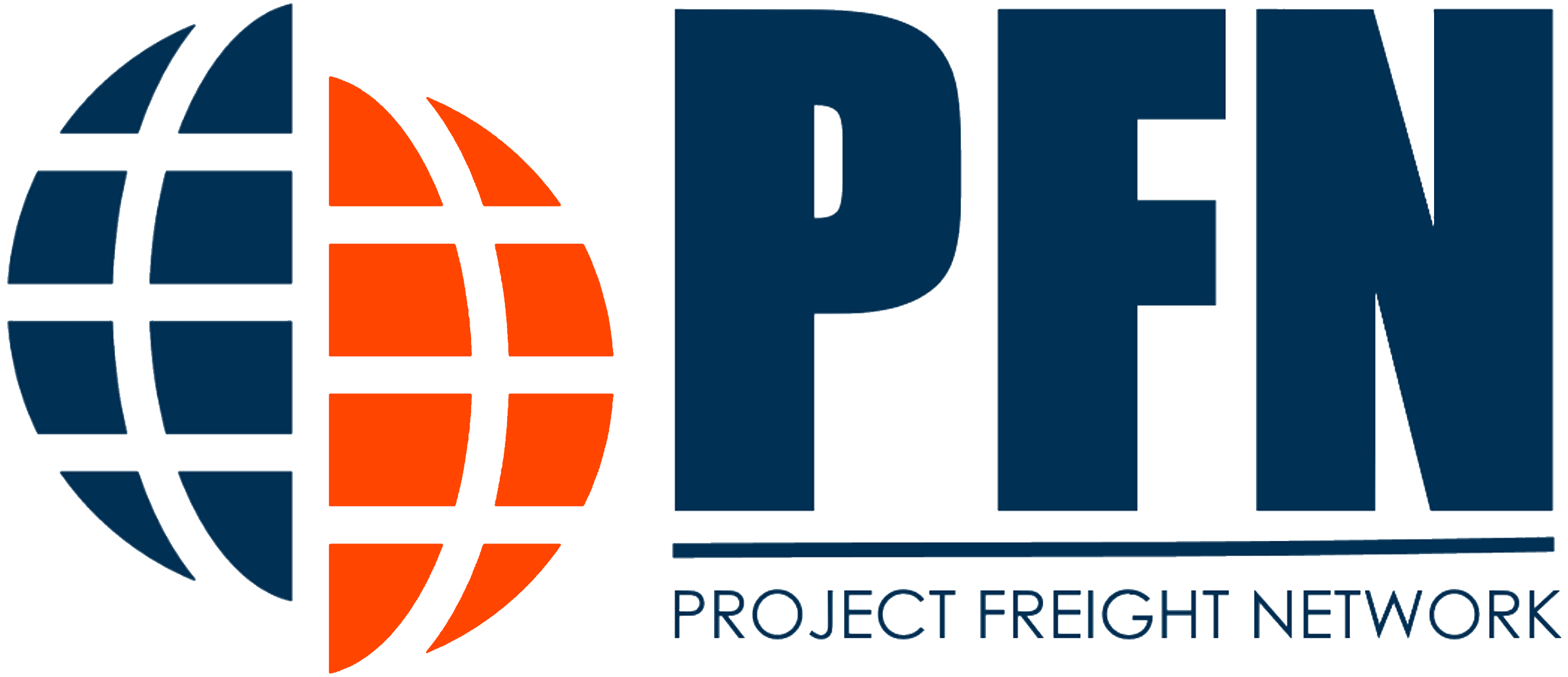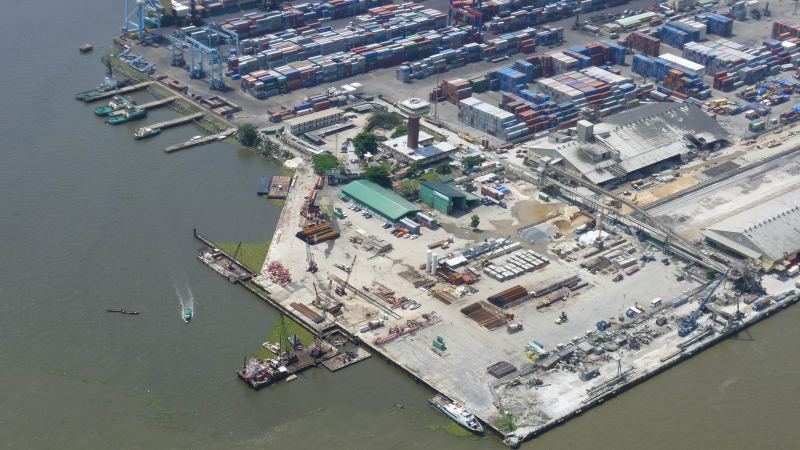The U.S. truckload transportation market is navigating through a challenging yet fascinating phase in 2024. Back in January, several predictions were made regarding the economy, truck capacity, operating costs, and freight rates. Now, as we pass the midpoint of the year, it’s time to revisit those forecasts and understand how the landscape has evolved.
Demand: Slowing but Not Crashing
When the year began, the expectation was that the U.S. economy would enter a recession by mid-2024, leading to a significant drop in freight demand. While the feared recession hasn’t fully materialized, the economy has indeed slowed. The GDP growth rate dipped to 1.3% in Q1, and while Q2 figures might show a slight uptick, the overall economic activity remains muted.
Various indicators within the industry also suggest a cooling demand. Industrial production, business fixed investment, and manufacturing are either stagnant or contracting. The American Trucking Associations’ (ATA) for-hire truck tonnage index, which tracks the volume of contract freight moving across the U.S., has been down in 13 of the last 15 months. This trend paints a clear picture of a freight market that’s far from robust, and the outlook for the rest of 2024 appears equally subdued.
Capacity: The Great Exit Continues
Truck capacity has been gradually exiting the market throughout the year, aligning with the forecast made earlier. Several factors are contributing to this trend, including rising costs and a challenging operating environment.
Data from various sources, such as load board activity, DOT authority revocations, and trucking and brokerage bankruptcies, all point to a double-digit percentage decline in active trucks and broker carriers year-over-year. Publicly traded companies have reported reductions in their active truck counts and broker carrier portfolios, reflecting the broader industry trend.
This exodus has brought the supply of trucks closer to the low level of freight demand, creating a more balanced market. However, it’s worth noting that this balance is fragile, and any significant shifts in demand could disrupt it.
Costs: The Relentless Climb
Operating costs have been the biggest challenge for the trucking industry in 2024, with no relief in sight. According to the American Transportation Research Institute (ATRI), the cost to operate a truck has surged by 37-38% since 2020. For individual drivers and small fleets, who lack the purchasing power of larger companies, the increase could be even higher.
The soaring costs cover everything from fuel and tires to trucks and insurance. Small operators, in particular, are feeling the pinch, as they struggle to absorb these expenses without the same economies of scale that larger fleets enjoy.
Rates: Bouncing Off the Bottom
Freight rates have been a critical concern throughout the year. In January, it was predicted that rates would start to edge up in Q3 of 2024, following a bottoming out in Q1 and Q2 of 2023. This prediction is partially holding true, with spot rates stabilizing and contract rates beginning to show signs of life.
However, the recovery has been slower than expected. The prolonged downturn has kept both spot and contract rates at similar levels, and the anticipated lift in Q3 might only be marginal. The key question now is how long this bottoming out will persist before any meaningful rate increases take hold.
Key Takeaways for Industry Players
For truck drivers, fleets, and logistics companies, the current market environment demands caution and strategic planning. Securing a stable source of freight is more crucial than ever, as the market remains volatile. Fleets might have more options, but they are also likely to be less tolerant of low rates, making it imperative to negotiate wisely.
On the cost front, vigilance is essential. As summer progresses, reducing operating costs where possible—such as through fuel efficiency and the use of auxiliary power units (APUs)—can make a significant difference.
Finally, while the overall market remains challenging, there are pockets of stability, particularly in the open deck segment. This sector is relatively more stable, with pricing slightly higher and less volatile compared to the highly competitive van market.
As we navigate the second half of 2024, the truckload transportation industry will need to stay agile and responsive to these ongoing shifts in demand, capacity, costs, and rates.
Source: ATS





